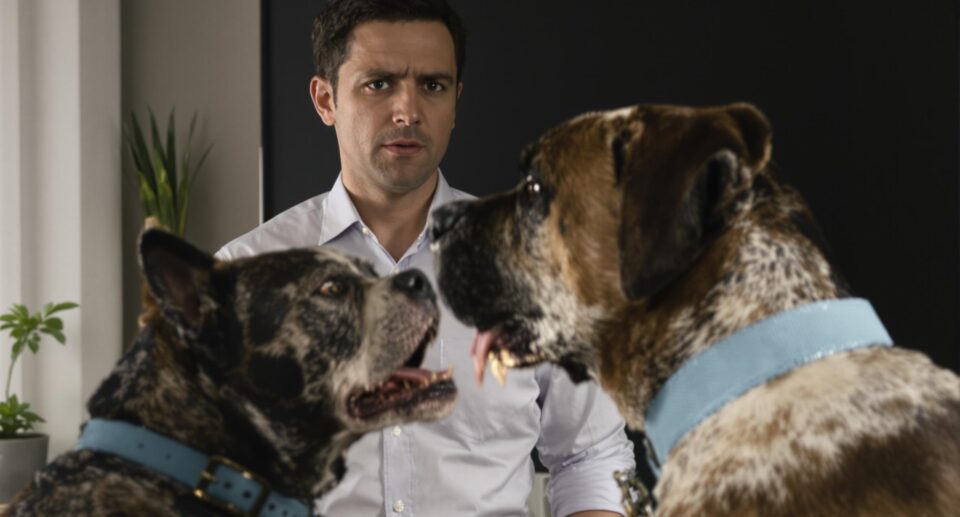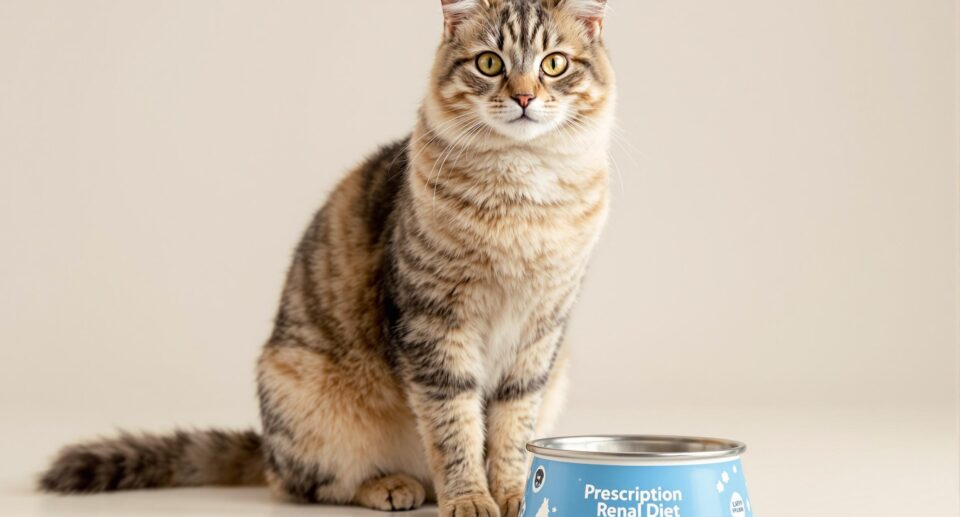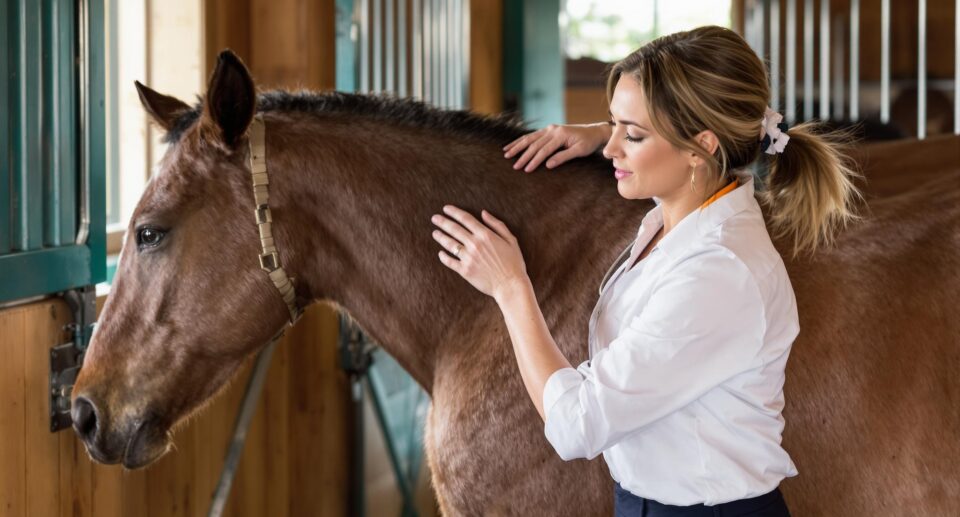Rabies Symptoms in Dogs

- Drooling (ptylism)
- Inability to eat or swallow
- Change in behavior to either aggression or fearfulness and hiding
Pets with the rabies virus always demonstrate unusual behavior. At first, rabid pets tend to stop eating and drinking, and seem to want to be left alone. Then, they may be aggressive and attack and bite, or they may be timid and try to hide from the family. As the disease progresses, these pets drool and develop difficulty swallowing. This occurs because the rabies virus affects the nerves in the face and head. The closer to the head that the initial infection occurs, the more quickly symptoms develop. Paralysis may then set in and once this happens, the disease progresses very quickly and causes death. With pet rabies, death usually occurs a few days after symptoms appear, usually from respiratory failure.
The rabies virus is diagnosed by finding signs of infection in the brain of sick pets. It cannot be conclusively diagnosed without examining the brain of your pet. The brain tissue is stained and the pathologist looks for negri bodies in the nerves to confirm the diagnosis.





